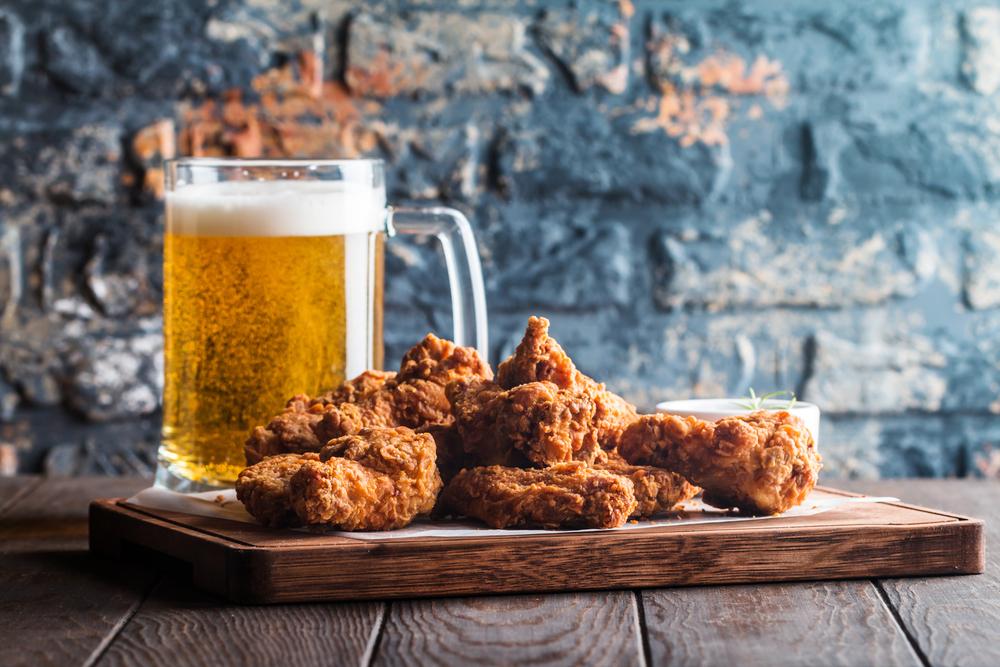Wine has long had its rules for what to eat with each variety, but for many of us, beer has always been a simple matter: Cold beer, good with pizza, good at a cookout, good on a sunny day.
That remains true of the standard crisp lagers, the light pilsners of the mass market, but the proliferation of craft beer and its myriad styles offers up so many more great pairing options. What would a big stout go with nicely? Does anything stand up to a bitter IPA? Would you sip a sour with your chicken wings?





